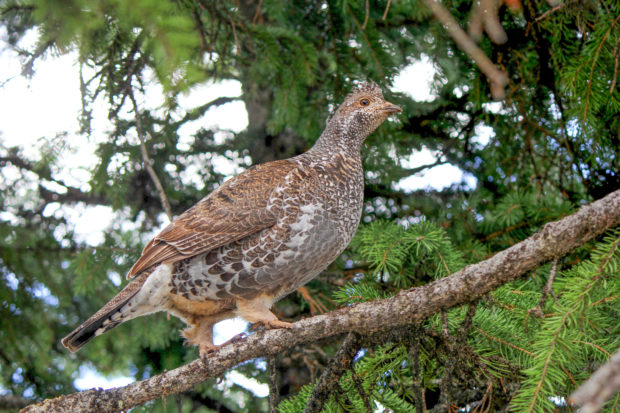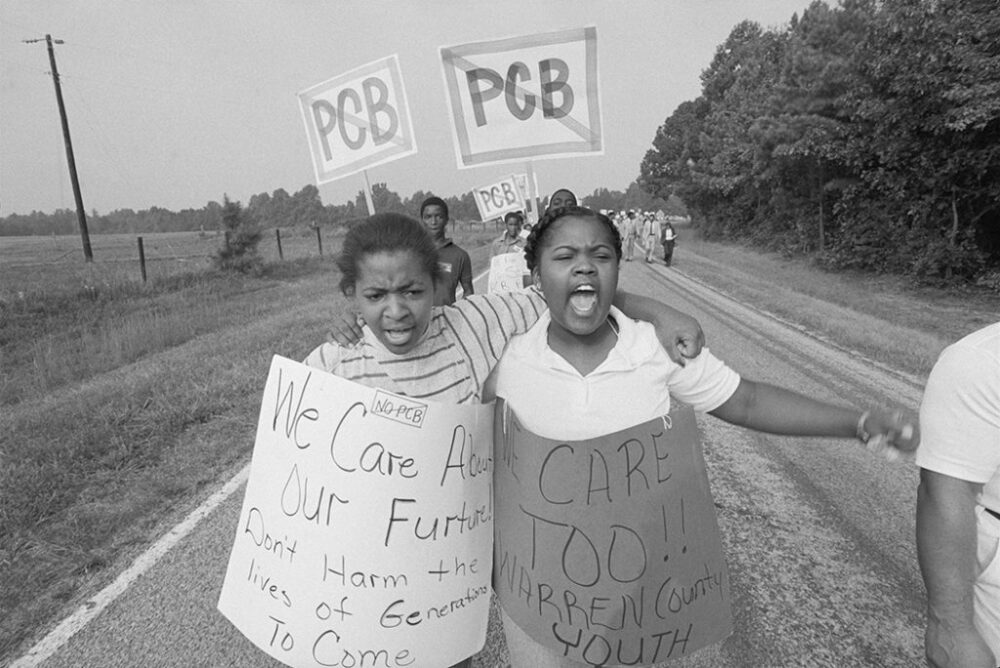We have much more to do and your continued support is needed now more than ever.
Niagara County, New York’s Next Generation of Environmental Leaders

Niagara County, NY is well known for its majestic Niagara Falls, as well as the Love Canal environmental tragedy in the 1970s. Contaminated drinking water poisoned hundreds of residents and brought national attention to the small town on the U.S.-Canada border. The local activism that spurred a national response and passage of a federal Superfund law is a key moment in the Environmental Justice movement which centers marginalized communities and fights for clean air, clean water, and a sustainable future.

Preparing the Next Generation of Conservationists
This history of environmental activism sets the stage for “The Niagara County Youth Environmental Education and Leadership Program.” This program, created and funded by New York State Attorney General Letitia James and developed and implemented by a collaborative partnership between the National Wildlife Federation and the Buffalo Niagara Waterkeeper, is focused on promoting environmental awareness, literacy, and engagement among Niagara County high school students.
Students will be investigating environmental health and justice challenges in their local communities, building skills, and exploring leadership opportunities towards becoming the next generation of community environmental leaders. And by training the next generation of conservationists, young New Yorkers will be better prepared to address the wildlife crisis impacting New York species like the American black duck, brook trout, spotted turtle, and ruffed grouse.
Four schools have been selected to participate in this two-year program including Niagara Falls, Lockport, North Tonawanda, and Niagara Wheatfield High Schools. These Niagara County schools serve students living in the county’s four Potential Environmental Justice Areas, designated by the NY Department of Environmental Conservation.
Each school will develop a National Wildlife Federation Earth Tomorrow school-based club which create opportunities for high school students to connect to their local environment, support the planning and implementation of service-learning projects, empower students to improve the health of their local environment and involve the broader community in solution-focused actions. Schools will also participate in the National Wildlife Federation’s Eco-Schools USA and EcoLeader Certification and Career Development programs, as well as place-based programming provided by Buffalo Niagara Waterkeeper’s Young Environmental Leaders Program.
Eight student-led environmental civic action projects will be implemented on school grounds or in their local communities. Participation in these programs will prepare students for future careers in the environmental field by providing “on-ramps” for either post-secondary collegiate pursuits or post-secondary employment in an environmental trade or profession.
Program Launch: A Success!
In November, the program was officially launched with a full-day of professional development. Teams from the four schools attended and included teachers, students and community partners who will be spearheading the programs at their schools.

The day began with a traditional Haudenosaunee Thanksgiving address delivered by student Kaleb Mt Pleasant and Tuscarora National Liaison to Niagara Wheatfield High School, Jaime Gilbert. Lem Srolovic, Chief of the New York Attorney General’s Environmental Protection Bureau, provided opening remarks. In his remarks, Mr. Srolovic noted that the funding for the Program originated from the State’s Love Canal settlement, stating that “it is fitting that monies arising from the tragedy of Love Canal are being used to sustain Niagara County’s legacy of social and environmental advocacy.”

Dr. Monica Miles, Associate Director of the University at Buffalo’s Great Lakes Program provided strong inspiration and set the stage for the rest of the day, helping participants to explore the concept of environmental justice and how it relates to their own lives. She shared tools with the teams for developing skills and strategies needed to promote environmental justice in their own communities. Dr. Miles also empowered participants by stressing that it only takes a small group of dedicated individuals, especially young people, to create change and stated that often the role of adults should be to “get out of the kids way and let them do it!”
In the afternoon, teams participated in three in-depth learning sessions that provided time to learn more about social justice, and National Wildlife Federation and Buffalo Niagara Waterkeeper programming.

“We are looking forward to seeing the growth of the Earth Tomorrow clubs and Waterkeeper programming in all four schools. This work will set the stage for over a hundred students to participate in and explore environmental literacy, justice, and local sustainability through civic action and leadership. Our goal is two years from now, Niagara County, will have a strong contingent of community environmental and social justice youth leaders!”
Elizabeth Soper, NWF Director of K-16 Education.
Support our work to inspire and prepare the next generation of conservationists through a gift today:
GIVE FOR WILDLIFE






















